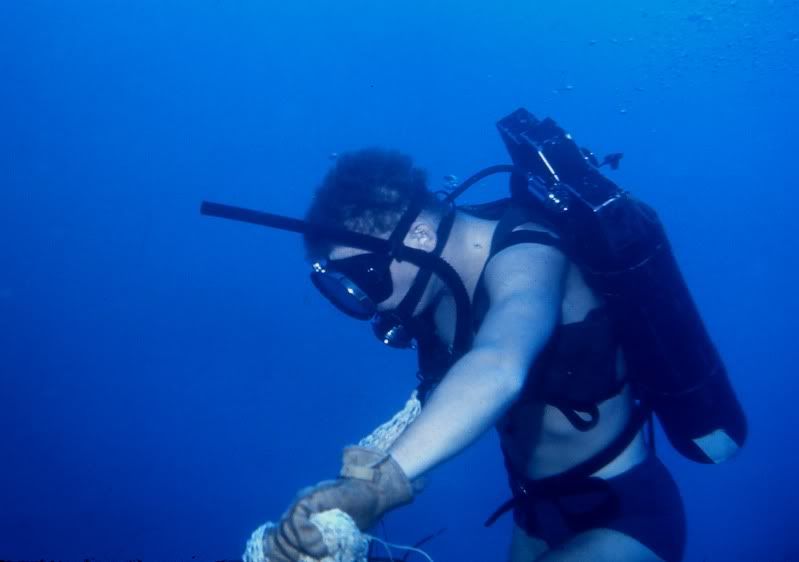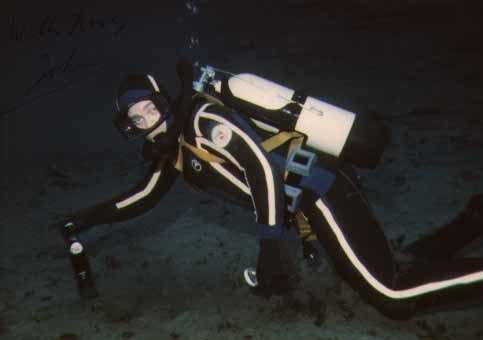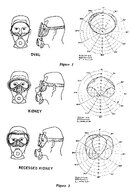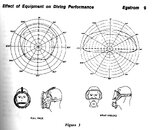I love my oval masks and I won't wear anything else on my face when I go snorkelling in the North Sea. I still have a blue-skirted British-made Typhoon mask from the early 1960s, a birthday present from my parents, which is a joy to wear. Its double-seal rubber skirt is still perfectly soft and malleable and still fits my face without leakage, but it's too precious to use in choppy waters.
There are plenty of new ovalish masks on the market and many of them are available with traditional rubber as well as silicone skirts. ZKY has mentioned the Oceanways Pacific, which is manufactured in the good old USA for western faces, not in the Far East for Asian populations. Such traditional masks are still made in a number of countries, notably France, where Sommap and Beuchat still manufacture them. And if you want a traditional mask with a skirt, not just a frame, in a hue other than black or clear, then try the blue-skirted ones still made in Greece, Russia, Mexico and elsewhere, e.g.:
I snorkel regularly in the North Sea with my Escualo Ixtapa, purchased new a year or two ago and illustrated above, and it has never let me down.
I agree that traditional oval masks probably have many disadvantages as well as advantages, but that's the case with many things. Looking back over the decades, my take on things is that technological progress isn't a continuous linear development forward, it's all about trade-offs, some of which only benefit the manufacturer. Low-volume masks may be a big help to scuba and free divers, but I'm neither of those, I'm just a snorkeller, and I like the look and feel of a traditional oval mask. Modern masks in LDS look like rows of clones to me - different makes of vintage masks are more recognisable - and they resemble too much either Elton John's stage spectacles or the microscope magnification of a pair of fly's eyes for my liking. Mask design is an art as well as a science, something perhaps forgotten by some makers of modern diving gear.









 Oh well.
Oh well.